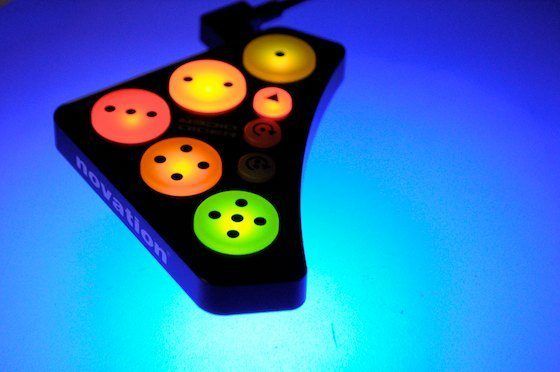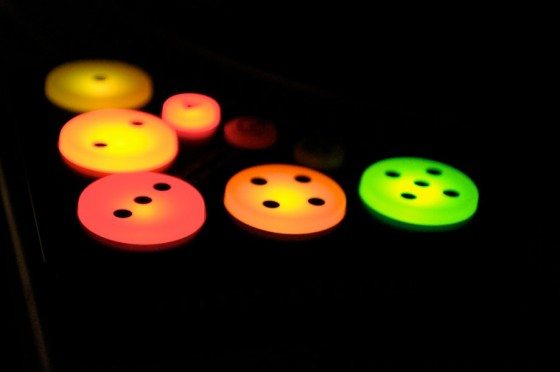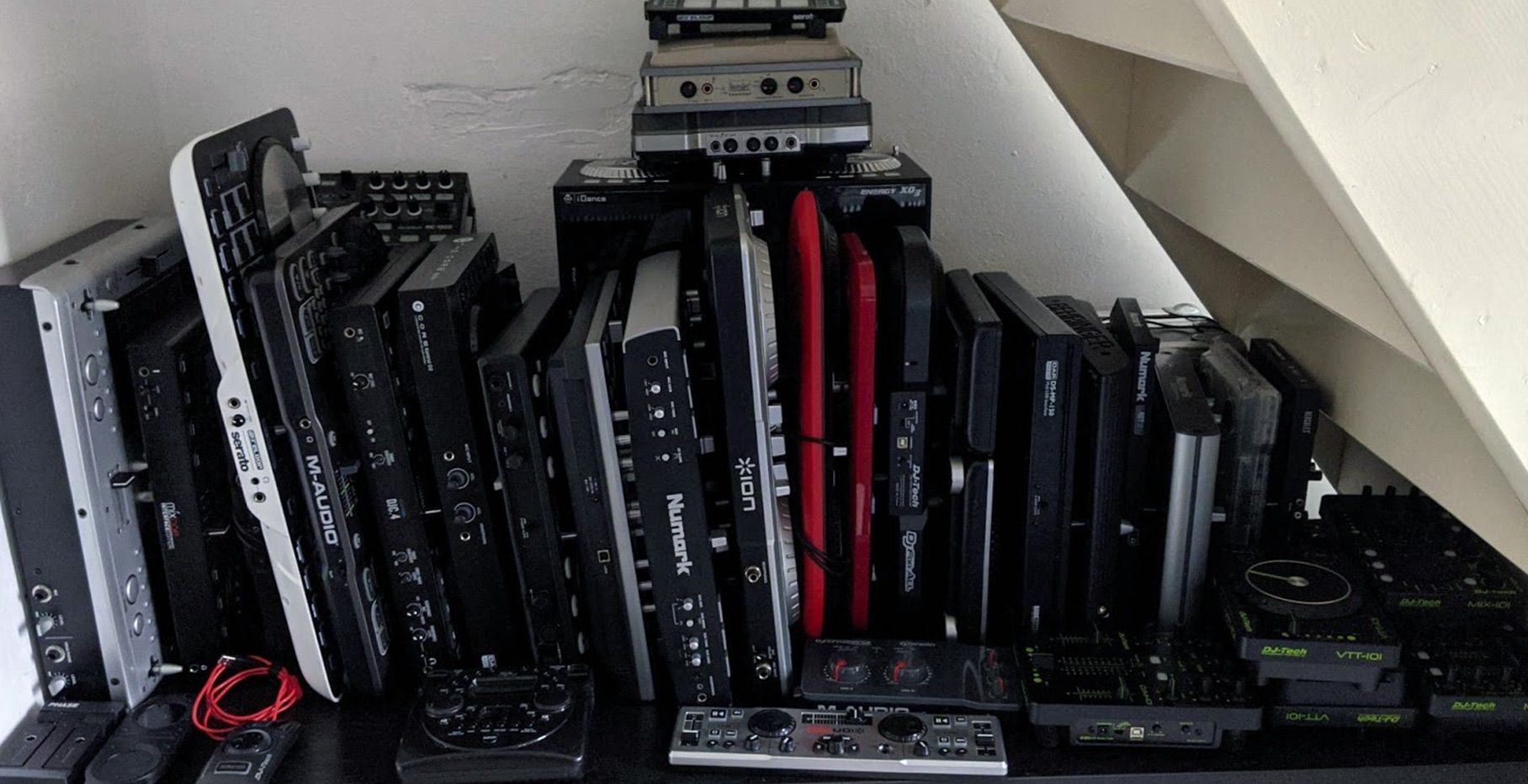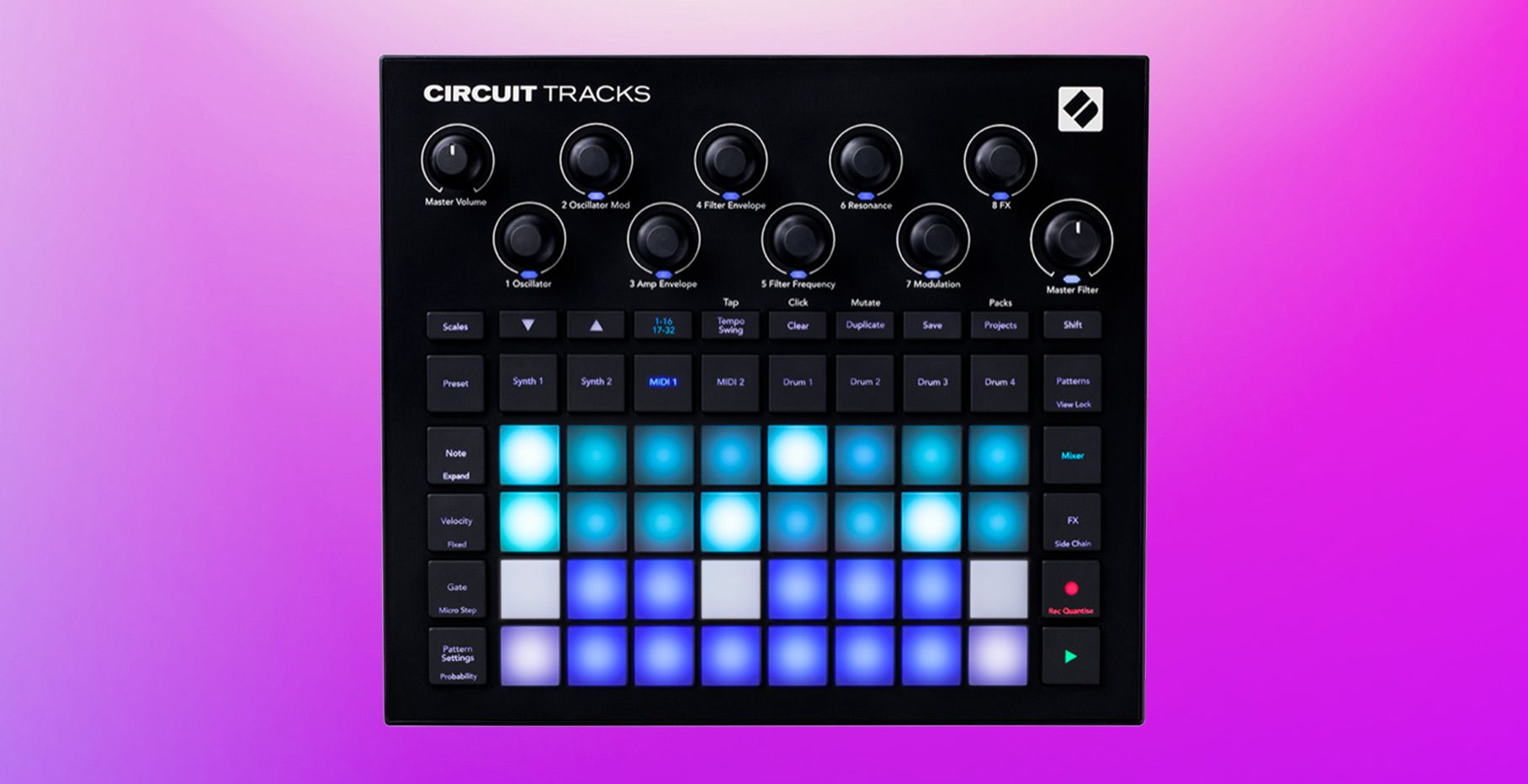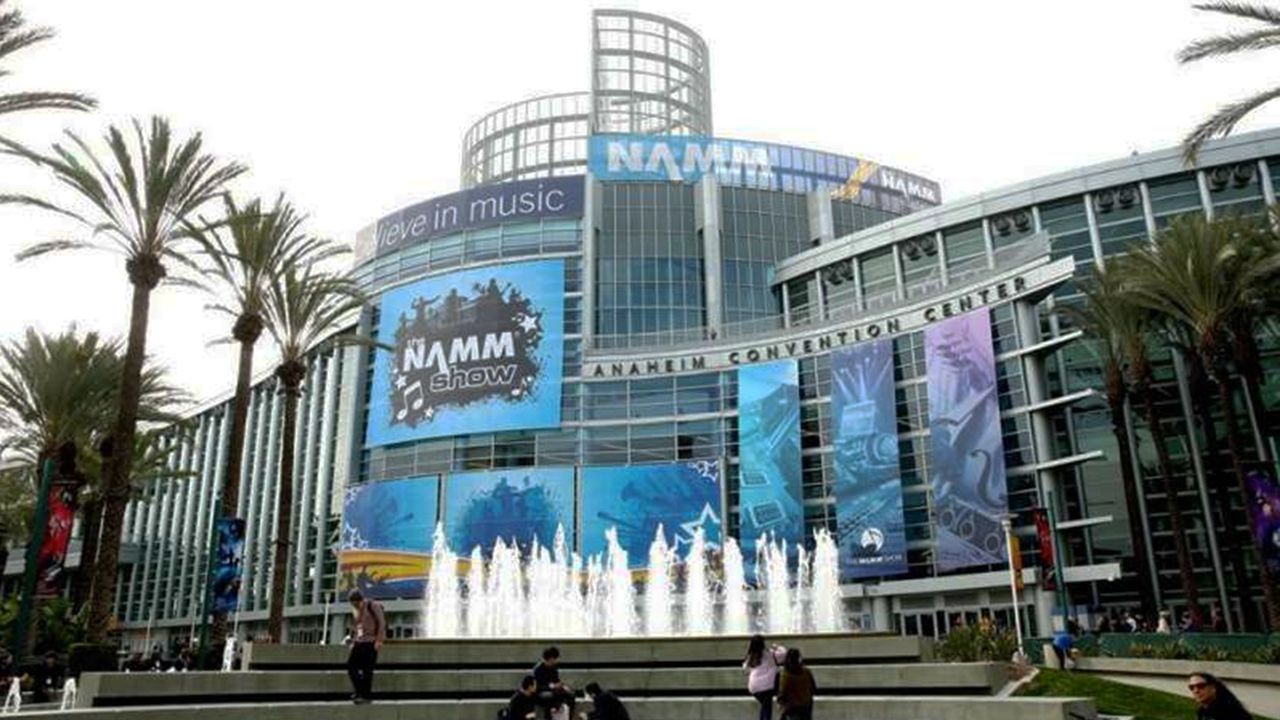The introduction of the Dicer may have heralded a new marriage of turntables and controllers, but as with all new marriages, there is a lot to be fully explored. The current rash of YouTube videos featuring the Dicer have only begun to skim the surface of the technical and creative possibilities. While mapping my own Dicers in Traktor Pro, I discovered a whole slew of LED color options, as well as the possibility to control the LED intensity. In this article we have a short video and matching color table that will demonstrate how to map your DJ software to various color outputs on the dicer or other multi-LED controllers.
A RAINBOW OF POSSIBILITIES
Mapping different LED colors is straight-forward. After following our LED programming article, you should be familiar with the process. The only little twist at the end here is that the MIDI range needs to be tweaked to allow the color of your choosing to be displayed. The below table explains the range and the color.
Red: 0-15
Pink: 16-31
Rose: 32-47
Dark Orange: 48-63
Light Orange: 64-79
Yellow: 80-95
Lime: 96-111
Green: 112-127
How does the Dicer display different colors? It has two LED under each button, and changing the MIDI range tells it how much of each color to ‘turn on’. Mixing the two LED intensities changes the color.
A side note here is that, as BradCee mentions in the LED programming article, when mapping Hotcue State, the behavior is not as predictable with the Controller Range of MIN=0 and MAX=1. Depending on what type of cue is set (Load, Grid, Cue, Fade In/Out or Loop), the behavior is different, with some requiring the blend to be checked and others no blend.
NOT THE BRIGHTEST CANDLE…
Changing the intensity of the LED is as easy as lowering the MAX number from the above list. Another possibility is to increase the MIN number so that the button is visible even with the output control ‘off’. Apart from the latter, I don’t really see the benefit of this, but I mention it as it exists.


